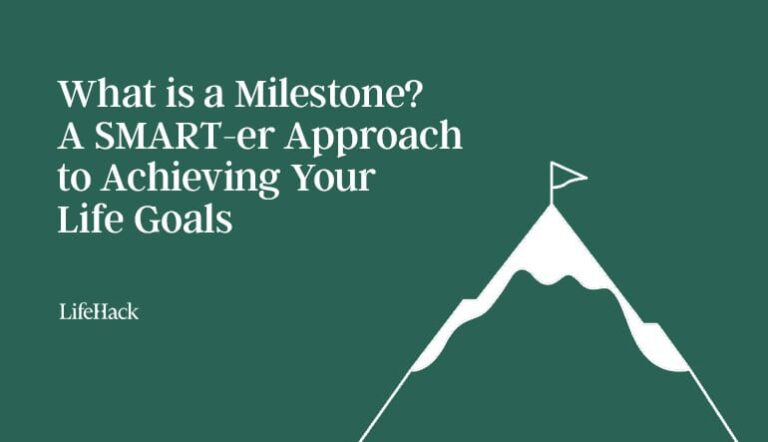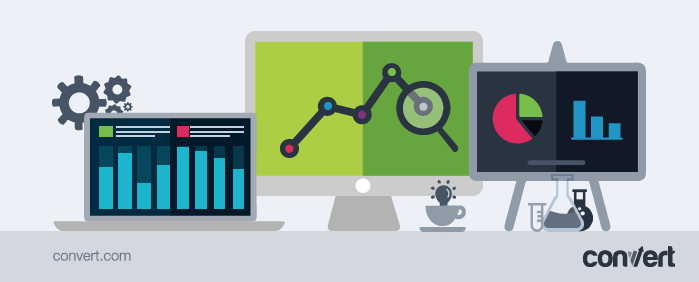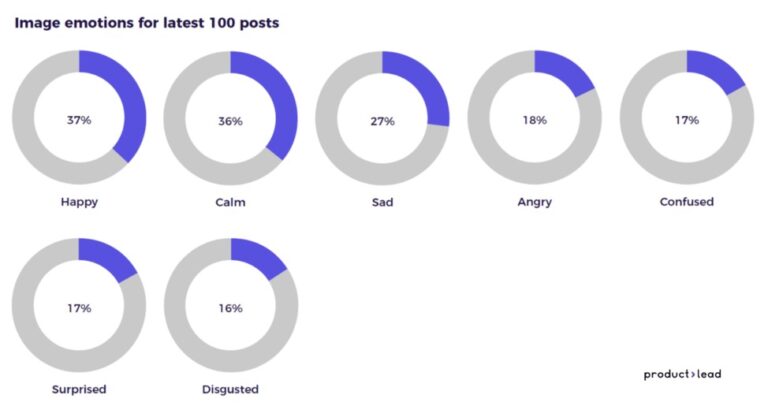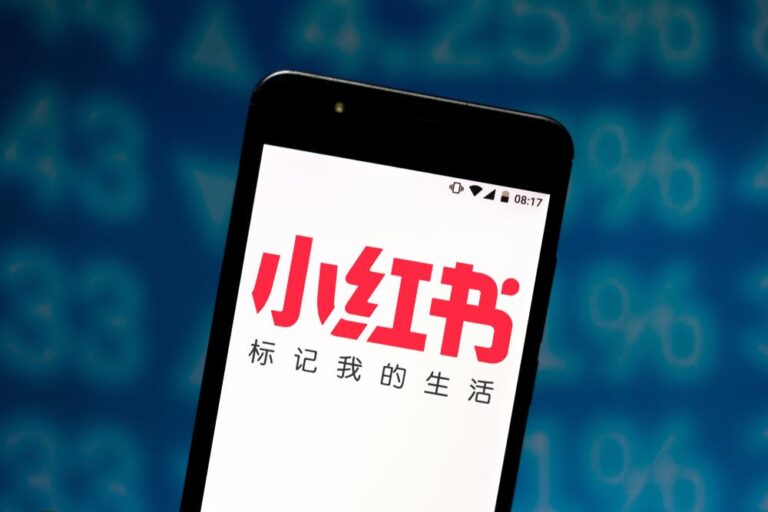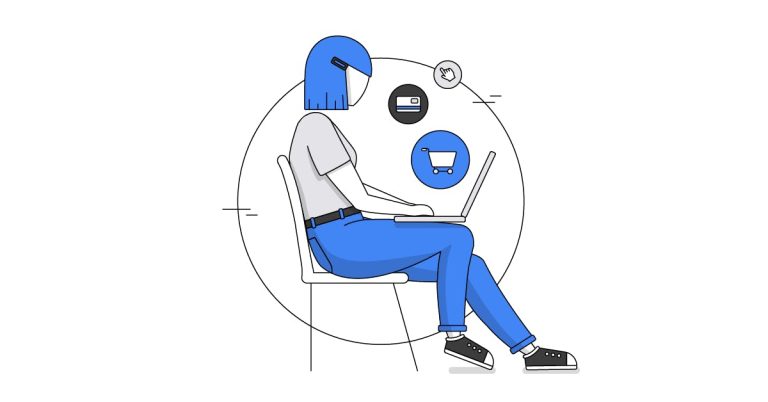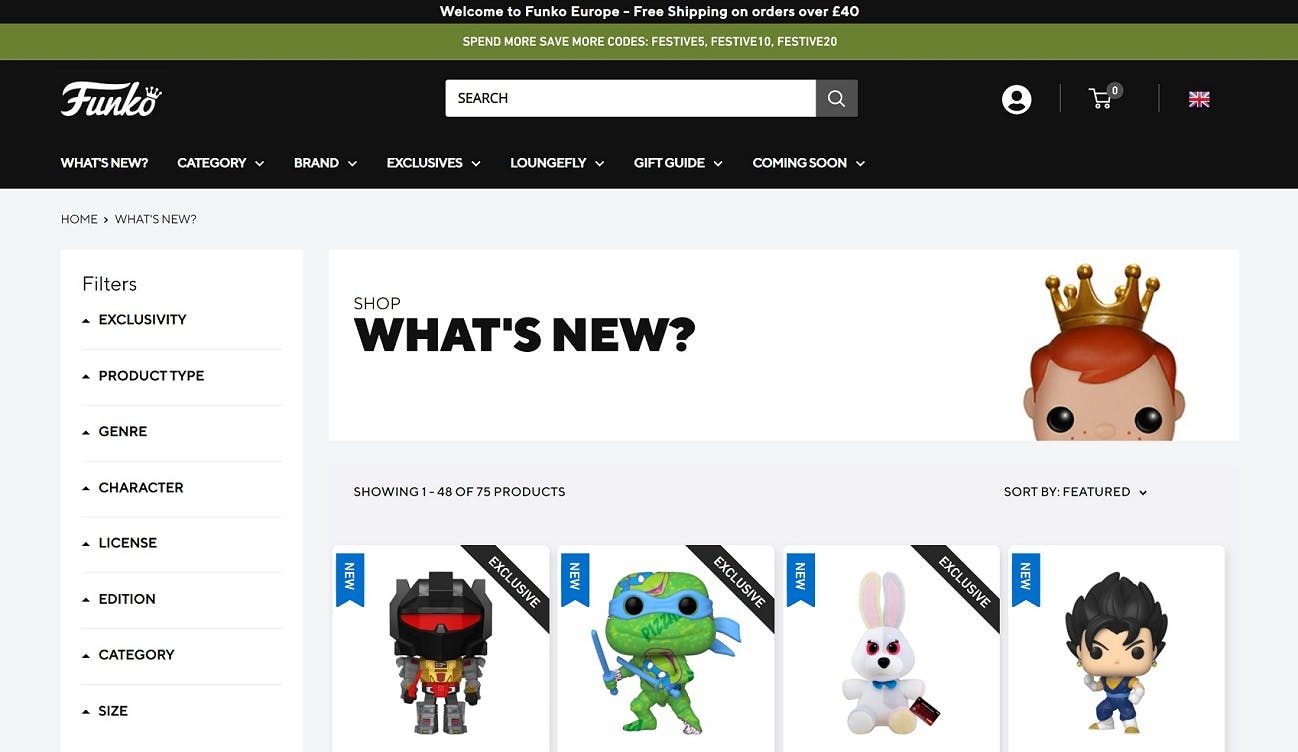
Funko, the pop culture collectibles company best known for its big-headed and round-eyed Funko Pop! figurines, found itself facing significant uncertainty with the onset of the Covid-19 pandemic.
Funko was able to keep selling its figurines through grocery retailers, but the closures starkly highlighted the importance of ecommerce and the value of having multiple online points of sale and routes for Funko customers to interact with the brand. In the United States, Funko already had an established direct to consumer (D2C) site, Funko.com, but no D2C presence in the UK and Europe, although plans had been made to launch one.
These plans were greatly sped up by the pandemic, but launching a D2C site for a well-known and beloved brand in the middle of a pandemic brought both challenges and opportunities. I spoke to Eva Verhaak, Vice President of Marketing and Business Development EMEA at Funko, as well as Matt Read, Business Director, Head of Digital & Training at Funko’s partner agency Space & Time, about what went into establishing Funko’s European D2C presence; how the company avoided encroaching on its existing retail partnerships, and handled the marketing challenge of launching a new site for an established brand; and how they are tapping into the “fandom” of pop culture enthusiasts to acquire new Funko customers.
Many businesses were negatively impacted by the Covid-19 pandemic in a wide variety of ways, but Funko specifically faced challenges on two fronts: one, licensors were delaying their plans for major theatrical and TV releases, which caused problems for Funko’s commercial planning and go-to-market strategy. And two, many of Funko’s key retail partners, through which it sold the figurines, were forced to close their doors during Covid-19 lockdowns.

